In the spring of 1996, France and I were looking for a country home. A bit by accident, we discovered Dunany (lucky us!) and bought what had been Minnie Gain’s house. She had passed away some years before and the new owners had begun the restoration of this lovely site. But there was still no septic system. A 1000 gallon oil tank was buried not very far away from the lake. There was grass right to the wall on the lake. The house had no gutters. The driveway was paved and when it rained heavily a wall of water descended on the house and then to the lake carrying lots of nutriments. I suspect it was not an isolated case.
The early days…
Imagine what it must have been in the early days. This is a direct quote from a 1972 DCA press release: “The DCA was formed out of desperation by a few individuals who felt the need for greater community cooperation and association”. Peter Palmer – most people called him Mr. Mayor – was then president of the Association. To read the press release go to this page.
More from a report on water pollution presented the same year to DCA member by Wels Marshall – our first president – then chairman of the Pure Water Committee: “We have been unable to mount a vigorous drive against likely offenders (polluters) for several reasons:
• Public apathy
• Personal abuse which the water committee have faced…
• The continual insistence by the health officers in Lachute that he is overburdened…
• The magnitude of the problem itself”.
And it goes on and on. We have come a long way…
Let me go back to the very early days, the sixties.
The Township of Dunany?
Back then, the focus was on two key preoccupations: basic community services such as garbage collection, hydro, roads and, especially, municipal organization. In fact, the DCA moved heaven and earth to convince the department of Municipal Affairs that Dunany should be a distinct Township or, failing that, that the Dunany area distributed in the four municipalities (St. Jerusalem, Chatham, Gore and Wentworth) should all be incorporated into Wentworth.
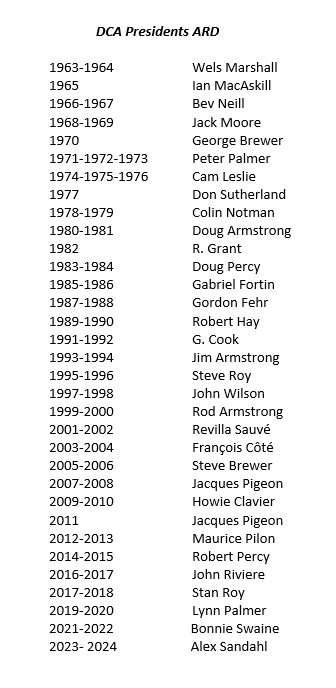
The request eventually ended up on Pierre Laporte’s desk as he was then (1966) Minister of Municipal Affairs. For those who are young, Pierre Laporte was kidnapped and killed by the FTQ in 1970. You will find the letter on this page. Basically, he says that the province already has about 1600 municipalities and that this is too many. Since then, the number is a bit less but the population has more than doubled.D
The Pure Water Committee
Once these hopes had faded, the association main focus became the poor quality of the water in the four lakes. At the time, about a third of the cottages had no septic systems, only cesspools. Needless to say, the water was totally unfit for drinking and barely acceptable for swimming.
Test for coliforms were done, usually once a year, with varying results as one would now expect. But there was clear evidence that sewage was seeping into the lakes and they were deteriorating fast. The association, led by Wels Marshall as head of the Pure Water Committee decided to get to the root cause of the problem: poor sanitary systems and deforestation.
Going after the delinquents
The minutes of the 1976 AGM speak loudly. I quote: “A report was circulated showing septic systems as of 1969 and 1976. Names of those having unsatisfactory septic systems have been posted”.
All members at the meeting were supplied with results of survey for their lake. Anyone finding that they have been incorrectly classified (A, B, C or D) should write, not call, if they find that the information for their cottage is incorrect.
Clear cutting around the lakes was also a major problem. Things became bad enough that Wels Marshall felt compelled to write (January 18, 1973) to Dr. Victor Goldbloom, then minister responsible for the Quality of the Environment, asking his support to end the major clear cutting being done on two properties, one being the one that I bought in 1996. This activity was creating a lot of erosion around the lake and adding to the already heavy phosphorus level in the lake. I quote from the letter: “Not only have they produced an ecological disaster as far as run-off is concerned, but in addition, they have left the slash behind to become an unbelievable hazard for fire”. Click here to read the whole letter and another to the Chief Fire Warden. Letters are on this page.
This eventually led to the shoreline restoration program that the DCA carried on for many years.
The worst road in Canada…
“Irate citizens demand action on worst road in the country”. Such was the headline of The Watchman (click here to see the paper) on Wednesday, July 14, 1982. The irate citizens were the residents of Dunany led by their fearless Chairman of the Roads Committee, Peter Palmer. After the merger of St. Jerusalem with Lachute the municipality became responsible for the maintenance of the road but money to do repairs was scarce. As most of you know Dunany road is now under the responsibility of the Quebec Ministry of Transport.
The DCA had many other items on its agenda such as fire prevention, security and beaver control. No less than 17 of them were removed in 1988.
Water quality: from C to B
But water quality in our lakes still remained the main preoccupation. At the time, the DCA was taking water samples to count coliforms. It was also measuring Ph. Remember acid rain? In 1989, the Pure Water Committee reported that the lakes were in excellent condition. The following year, the results were discouraging. Three lakes had a C; only Black made it to B. Mind you, in 1985, it had been reported that 85% of septic systems were compliant even though in 1981, the Quebec Government had finally adopted its regulations regarding the disposal of sewage in isolated houses and cottages.
Municipalities had to be lobbied continuously by the DCA to set up inspection services and ensure that septic systems were properly maintained.
A rude awakening and a happy ending
During the nineties, the DCA built on the work of the DCA pioneers and kept its main focus on the health of the lakes: water sampling, septic systems and shoreline restoration. Then, in 2001, came a wakeup call when the algae bloom was discovered in the spring on Clear Lake. On May 28 of that year, clarity was only 2.2 meters on Clear when it was more than 4 meters on all the other lakes. By mid-June, it was barely over three meters (more than 6 on Curran).
The DCA took the bull by the horns and launched a major inspection of septic systems with the help of the four municipalities. It was discovered that a quarter of the septic installations around Clear Lake were defective. Thank the DCA again.
In the meantime, it was felt that counting coliforms once a year and measuring Ph (acidity) in our lakes were insufficient to measure the quality of the water in our lakes. Under the leadership of Robert Reichelt who had taken charge of the lakes, a home grown program was thus developed. It measured clarity and levels of phosphorus. But when the DCA learned that the Québec Department of the Environment had set-up a province wide program the Réseau de Surveillance Volontaire des Lacs (RSVL) it promptly joined it.
That was 2006. We now have six years of solid data. The level of phosphorus in our lakes has diminished considerably and they are now amongst the best in the province.
Thank our pioneers. Thank the DCA.
Writer Jacques Pigeon 02-2013
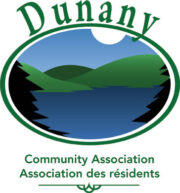
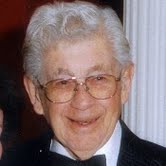
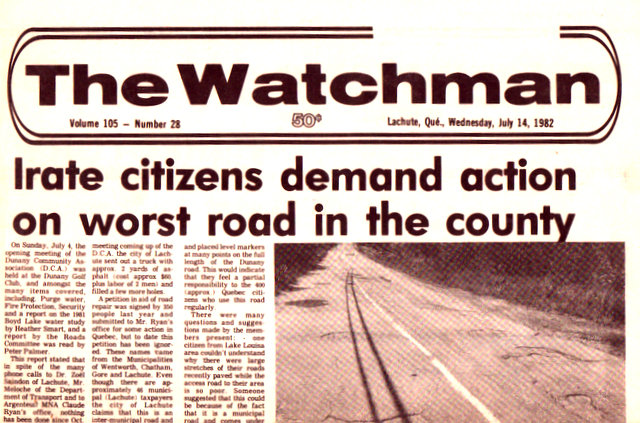
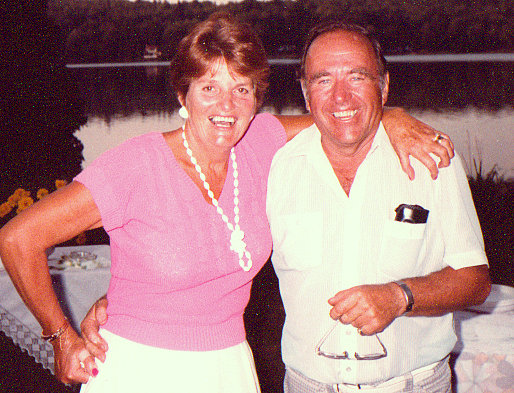
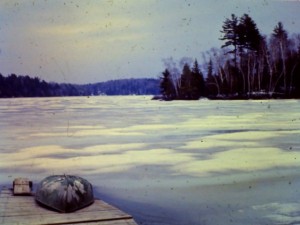
sejarah DCA panjang dan penuh rintangan. sangat liar sejarah yang ada di beberapa produk
who made the DCA?
This is quite a history you have collected and let us have.
Dear Jacques,
This is quite a history you have collected and let us have.
Very interesting and thank you for sending out all this information
Regards,
Edith
Dear Jill,
After reading lots of old DCA files, I concluded that your father made an exceptional contribution to this community and I hope that my piece reflects it. I am now the «Pure Water Quality» guy and I can report that our lakes are now in pretty good shape. Thanks to pioneers like Wels Marshall.
Hope to meet you this coming summer.
Jacques
Dear Jacques
Wels Marshall was my father. I remember well his undertaking of cleaning up the 4 lakes. It was not easy for him to have to tell his friends that their homes were leaking raw sewage into the lakes. His efforts along with many others allow those currently living in Dunany to enjoy all aspects of their lake, including drinking the water.
Thank you.
Jill
Wonderful report Jacques!!
Thank you very much.
Well done Jacques! Good work!
Thank you, Jacques.